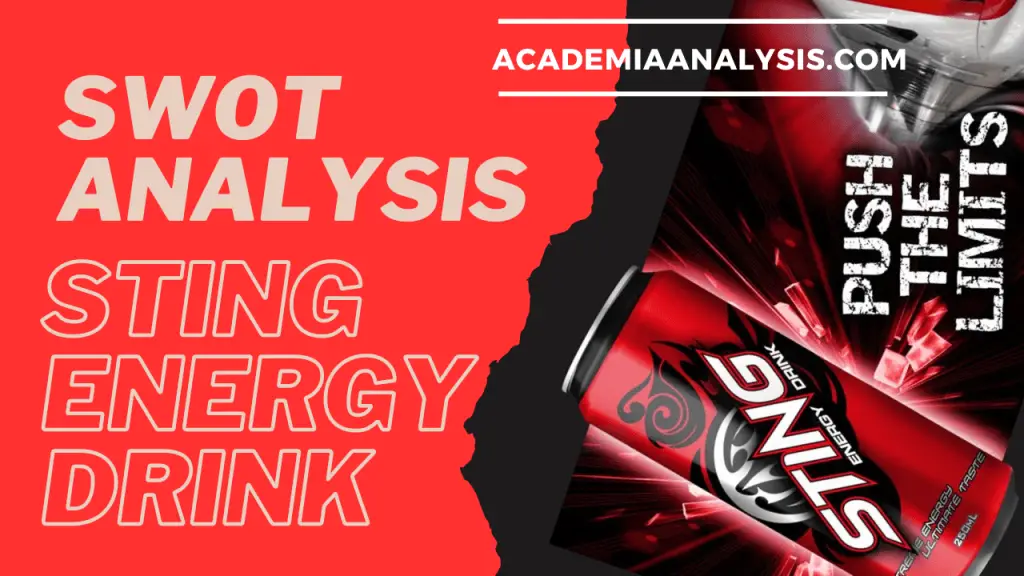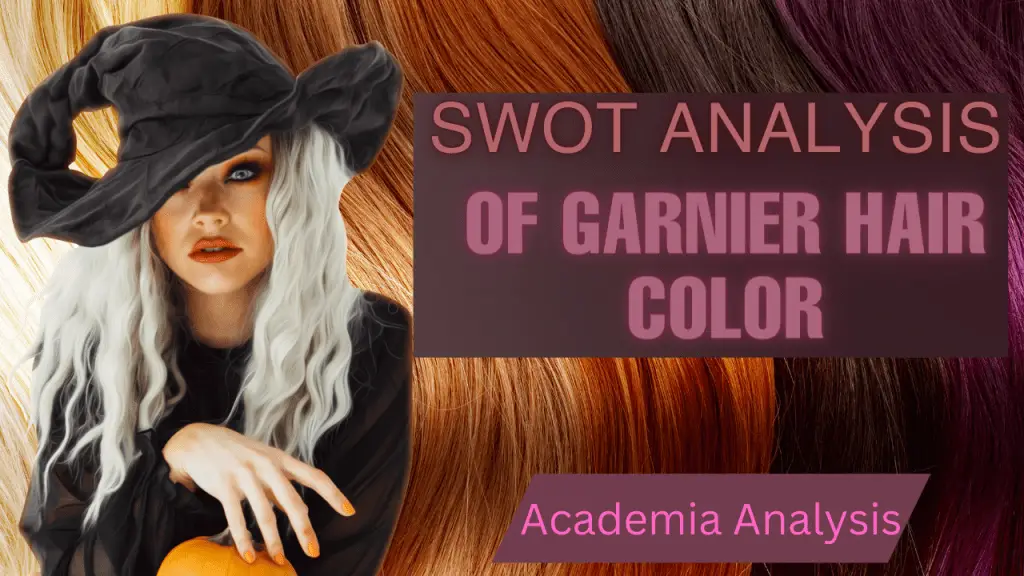Introduction:
Sting energy drink is a popular energy drink brand that is produced and marketed by PepsiCo. The drink was first introduced in Pakistan in 2009 and has since expanded its presence to various other countries, including India, Bangladesh, and several countries in the Middle East. In this article, we will conduct a SWOT analysis of Sting energy drink to evaluate its strengths, weaknesses, opportunities, and threats.
Strengths:
Brand Recognition: Sting energy drink has established itself as a recognizable and trusted brand in various countries. This is due to the extensive marketing efforts of PepsiCo and the brand’s ability to provide consistent quality and taste.
Wide Distribution: Sting energy drink is widely distributed and readily available in most stores, which has allowed it to gain a significant share of the energy drink market.
Product Variants: The brand offers a range of products, including sugar-free and low-calorie variants, to cater to different customer preferences.
Pricing: The pricing strategy of Sting energy drink is competitive, making it an affordable option for consumers.
Weaknesses:
Limited Market Penetration: While Sting energy drink has a presence in several countries, it is still not as widespread as other major energy drink brands.
Limited Product Range: The brand’s product range is limited, and it does not offer as many options as some of its competitors.
Dependence on PepsiCo: Sting energy drink is entirely dependent on PepsiCo for its manufacturing, marketing, and distribution, which could limit the brand’s autonomy and agility.
Opportunities:
Expansion into New Markets: Sting energy drink can expand into new markets to increase its market share and brand recognition.
Product Diversification: The brand can introduce new products and flavors to cater to the changing tastes of consumers and offer more variety.
Health and Wellness Trends: With the increasing focus on health and wellness, Sting energy drink can tap into this market by introducing more low-calorie and sugar-free variants.
Threats:
Competition: Sting energy drink faces intense competition from major energy drink brands like Red Bull, Monster, and Rockstar, which have a larger market share and more extensive product offerings.
Health Concerns: There is growing concern over the health effects of energy drinks, including their impact on heart health, sleep patterns, and caffeine addiction. This could lead to a decline in sales and demand for energy drinks.
Economic Downturn: Economic downturns can lead to a decline in consumer spending, which could impact the sales of Sting energy drink and other energy drink brands.
Conclusion:
Sting energy drink has established itself as a popular brand in several countries, with its competitive pricing and wide distribution being significant strengths. However, the brand faces intense competition and growing concern over the health effects of energy drinks, which could impact its future growth. By expanding into new markets, diversifying its product range, and tapping into health and wellness trends, Sting energy drink can remain competitive and continue to grow in the energy drink market.






